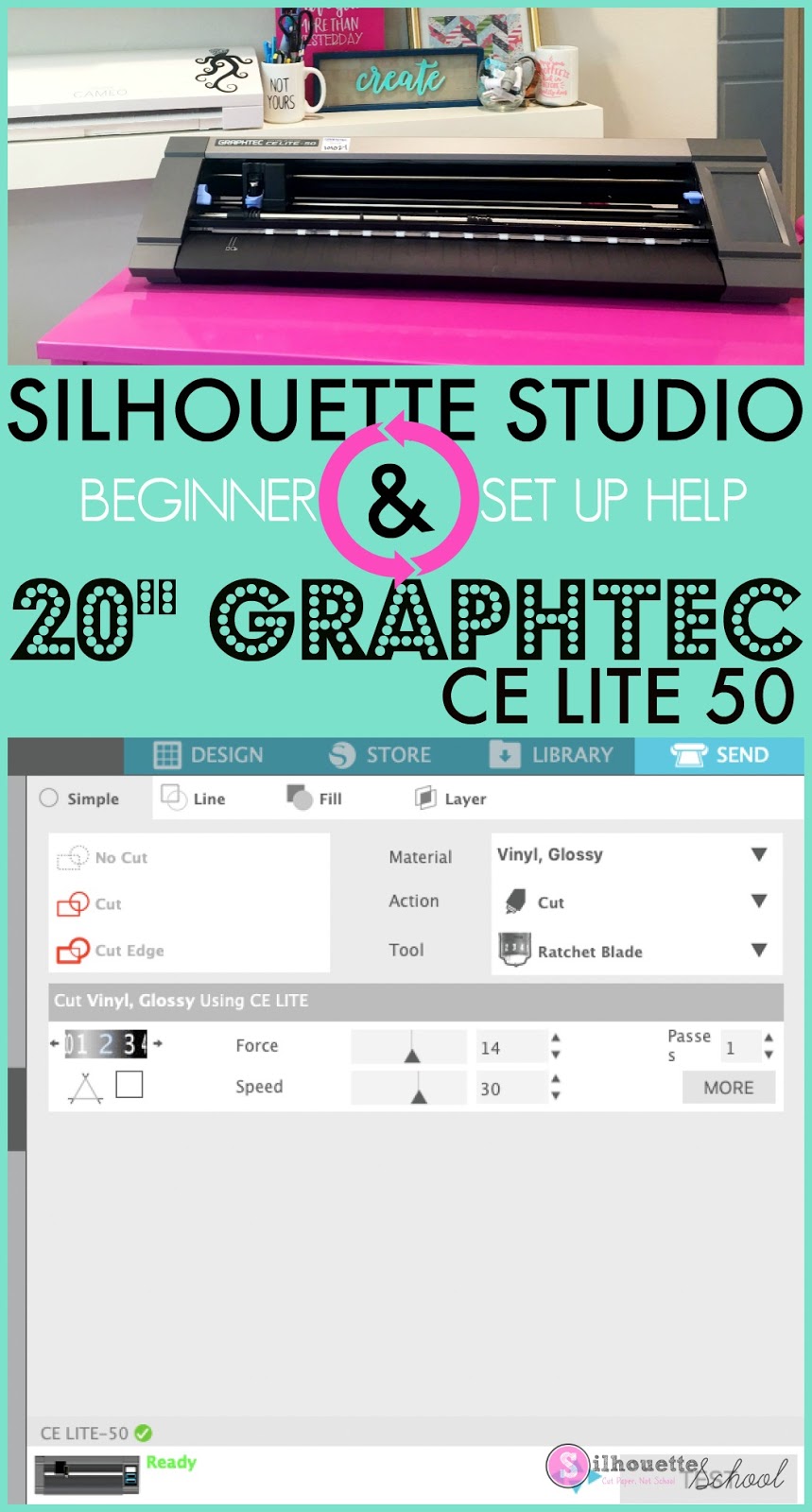
NET – this is for people who think in C++ or C# and do not want to do graphical programming. NET Macrofilter Interfaces use the same program execution mechanisms as Studio. NET Macrofilter Interfaces – this requires FabImage ® Studio Professional (FIS-PRO) for each developer and a FabImage ® Studio Runtime (FIS-RUN/FIS-RTB) for each system.
Programming in the graphical way and then generating. This method allows to integrate the created solutions with bigger software projects. Programming in the graphical way and then generating C++ code – this requires a FabImage ® Studio + Library bundle (FIS-ADD) for each developer and a FabImage ® Library Runtime (FIL-RUN/FIL-RTB) for each system. One particular advantage of this method is the ease of introducing changes, even directly on the production line Programming in the graphical way – this requires an FabImage ® Studio Professional (FIS-PRO) for each developer and a FabImage ® Studio Runtime (FIS-PRO/FIS-RTB) for each system. In general, there are four possible ways to work with the products:. If the graphical programming environment for fast prototyping is not needed, then FabImage ® Library Suite (FIL-SUI) is enough for development. If you want to prototype applications in FabImage ® Studio Professional (FIS-PRO) and then transform them into C++ code, then you need FabImage ® Studio + Library bundle (FIS-ADD). 
FabImage ® Library Suite, FIL-SUI (or the Studio + Library bundle, FIS-ADD) is only required, if one needs to invoke the built-in image analysis tools as C++ functions.
FabImage ® Studio Professional (FIS-PRO) includes the feature of User Filters, which allows for embedding user’s C++ code within the graphical programming model. FabImage ® Studio Runtime (FIS-RUN/FIS-RTB) is required to run the applications on each inspection system. 
FabImage ® Studio Professional (FIS-PRO) makes it possible to create complete machine vision applications, including HMI.Diffusing & polarizing plates for lighting.






 0 kommentar(er)
0 kommentar(er)
